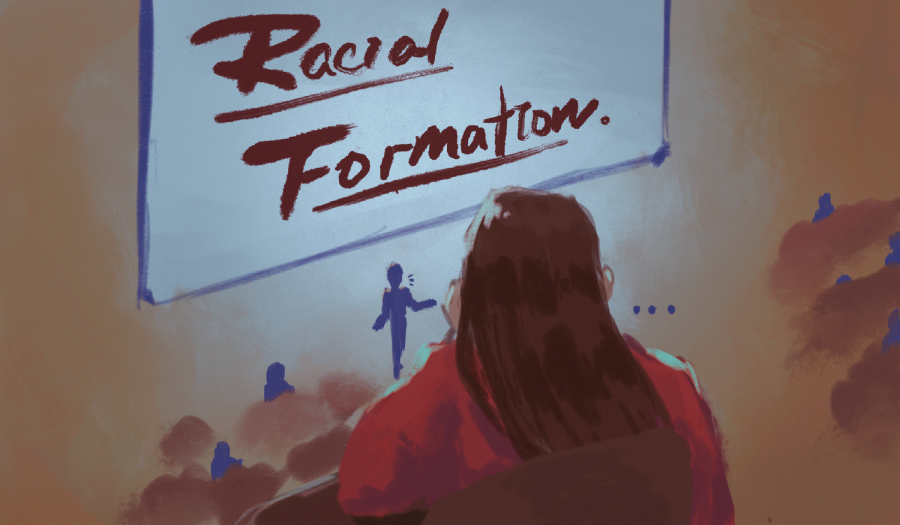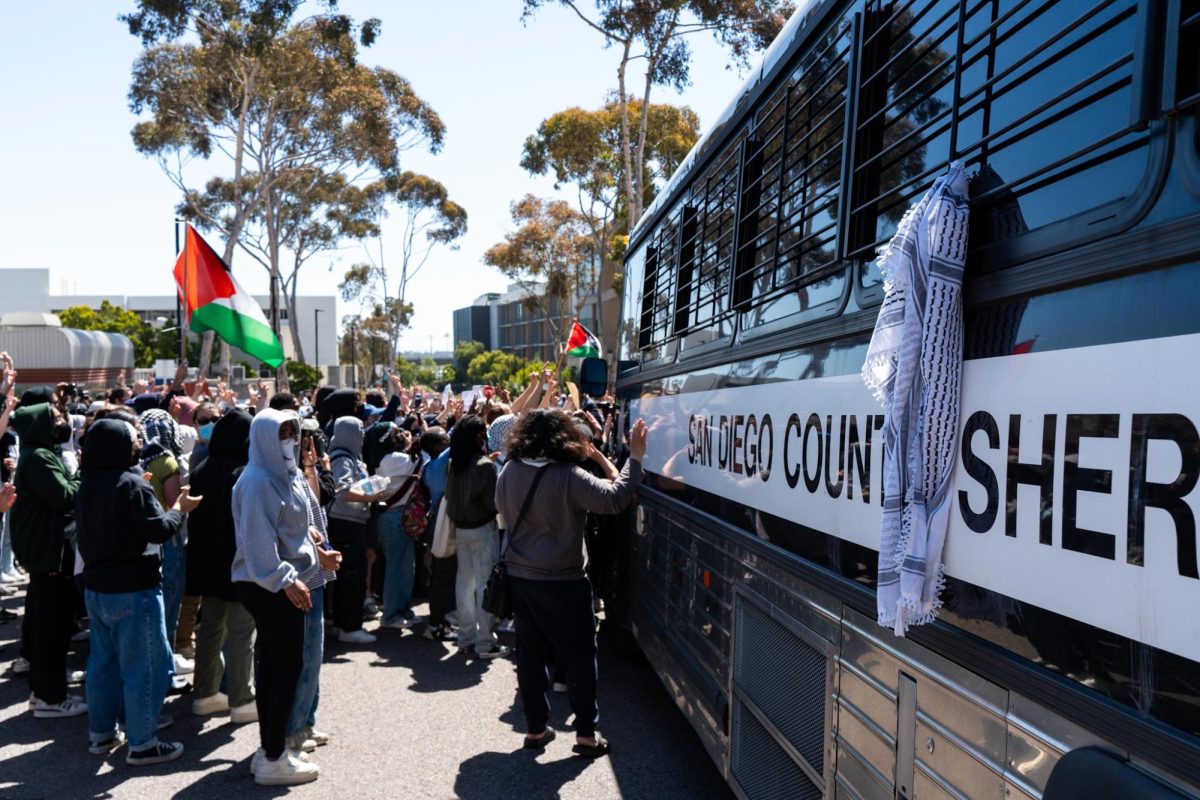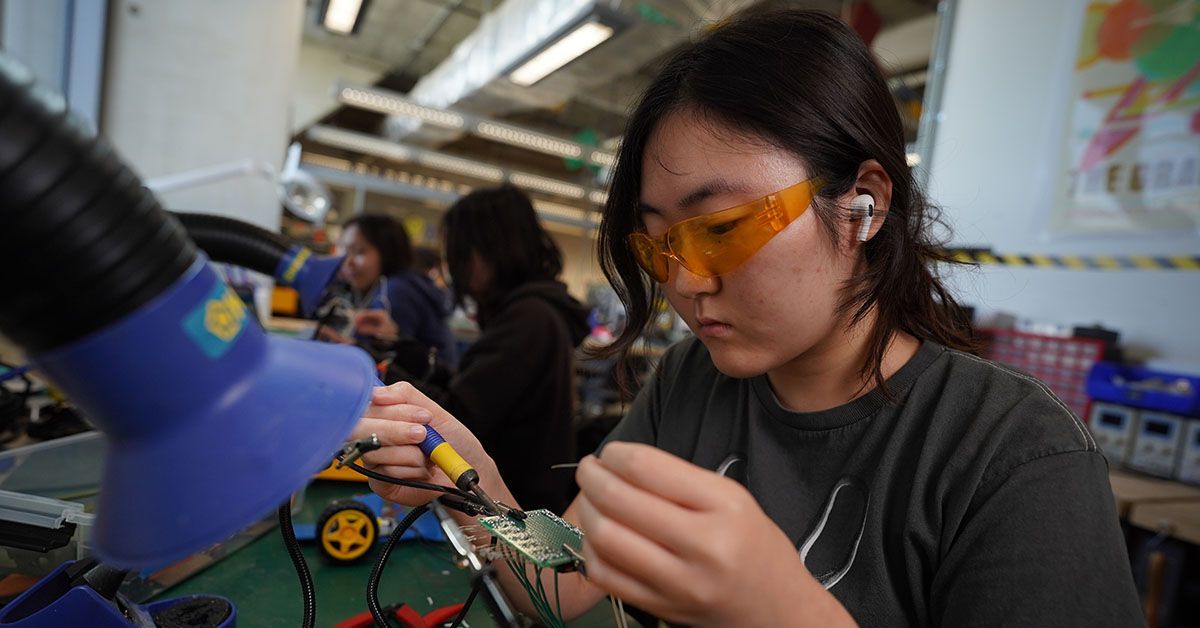Ten years ago on Feb. 15, an infamous, racist party was thrown at UC San Diego by members of the “Pi Kappa Alpha” fraternity known as “The Compton Cookout.”
The Compton Cookout hosts told the guests they will be able to experience “the various elements of life in the ghetto.” They had stated this racist event would be honoring Black History Month, but it was actually mocking Black culture.
The members of the PIKE fraternity who hosted the events were never penalized for hosting this racist event, as the university claimed the event was hosted off-campus and was never endorsed or sanctioned by UC San Diego. Once again, a sign that UCSD administrations tolerates racism on campus.
Racial hostility towards the Black, Indigenous, and people of color students on campus has only continued to increase after The Compton Cookout. The aftermath was a series of protests led by students of color. The protestors wanted to make sure that there would be consequences to racism at UC San Diego, and they demanded the administration change the campus culture and climate to where it would be diverse, equitable, and inclusive.
One of the “wins” that the students organizers achieved was the University agreeing to institute the “Diversity, Equity and Inclusion” requirement for all undergraduate students starting the following year.
UCSD requires “all candidates for a Bachelor’s degree who begin their studies at UC San Diego in lower-division standing in Fall 2011 or thereafter, or in upper-division standing in Fall 2013 or thereafter,” to have knowledge on “Diversity, Equity, and Inclusion” which is how the DEI requirement came about.
One of the first classes I took at UCSD was a DEI course, and up to this day, it is still one of my favorite courses that I have taken. The class was set up in a seminar style where everyone had a chance to talk. It was an open dialogue about our racial identity and racism — a conversation we don’t usually get to have in an academic setting.
I remembered vividly when I first walked into the class and looked at the instructor who was white and thought, “what does this white man have to say about my race and my identity?” To my surprise, the first thing he did was acknowledge his racial identity and that he is coming from a place of privilege. He acknowledged what he represented as a white heterosexual man in academia, and I truly respect him for that.
Looking at the current list of DEI approved courses, there are a wide variety of topics that are being taught under the umbrella requirement. Interestingly, the majority of the professors and instructors who teach the DEI approved courses are mainly white. I was lucky enough to have an instructor who acknowledged his position of privilege in order to have a candid discussion about race. But what about other students of color who had to experience internal conflict and racial hostility from the difference in power dynamic created by the school’s institutional-racial inequality?
UCSD chooses to define diversity as “the variety of personal experiences, values, and worldviews that arise from differences of culture and circumstance. Such differences include race, ethnicity, gender, age, religion, language, abilities/disabilities, sexual orientation, socioeconomic status, and geographic region.”
However, most of the DEI courses’ mode of delivery is the students being lectured at about “Diversity, Equity, and Inclusion.” I don’t believe that being lectured about DEI incorporates UCSD’s definition of diversity or inclusion at all.
Right now, the DEI requirement is nothing more than just an “antiracism effort” without UCSD’s investment or commitment in dismantling the systemic racism that led them to even consider the creation of the “DEI” requirement in the first place.
The DEI requirement needs to be so much more than just another requirement students want to rush through.
I have talked to a student in John Muir College who was taking to fulfill the DEI requirement about what he thinks about the requirement. He said that he pushed the completion of the DEI requirement to his last year at UCSD because everyone of his friends told him that they hated their DEI class. He then said, “and I agree, I am dreading this DEI course.”
DEI courses have to be courses where students want to engage in the conversation of Diversity, Equity, and Inclusion. They have to focus on making a campus culture where all students feel welcome and safe.
DEI courses need to make the BIPOC students feel like they are reflected in the curriculum and make those students not familiar with the BIPOC experiences understand the values that have been perpetuated, which have led to the exclusion of the BIPOC perspective.
DEI courses at UCSD have to deeply examine how the existence, realities, and voices of the BIPOC students on campus have been dismissed and held in less regard than the white dominant narratives counterparts.
As UCSD promises it is working on an anti-racism effort hoping to dismantle the system that thrives under the ideas, stereotypes, and biases of white supremacy and racism, the few BIPOC students in the lecture halls should not be tokenized just because the university is trying to dissolve its institutional notions of perpetuating discrimination.
Students of color do not need to experience microaggressions because of other people’s ignorance under the excuse that they “did not know better.” Lack of knowledge and empathy should never be an excuse for BIPOC students not feeling respected, heard, valued, and safe.
I don’t believe that the UCSD administration passed the DEI requirements in 2011 because they felt they needed to educate the campus population on being more equitable and inclusive. I don’t believe that the administration prioritizes making a campus culture and climate where students of color are valued. I do believe that the DEI requirement was created because the university’s administration felt the media pressure from national news coverage to respond politically.
Regardless of how the DEI requirement came about, it has so much more potential to help create the “conducive learning environment” that UC San Diego said they provide (or rather wish they could provide) for students, especially BIPOC students.
The key to making a meaningful, diverse, equitable, and inclusive course is the instructor and the institutional commitment. Suppose UCSD and all the instructors believe their classroom pedagogy is diversity, equity, and inclusion — I would encourage them to also hold that value outside the classrooms. Staff, faculties and students are the campus culture keepers, and we need to all carry the commitment to being diverse, equitable and inclusive in our heart, mind, and actions, both within and outside the classroom.
Art by Angela Liang for the UC San Diego Guardian.














